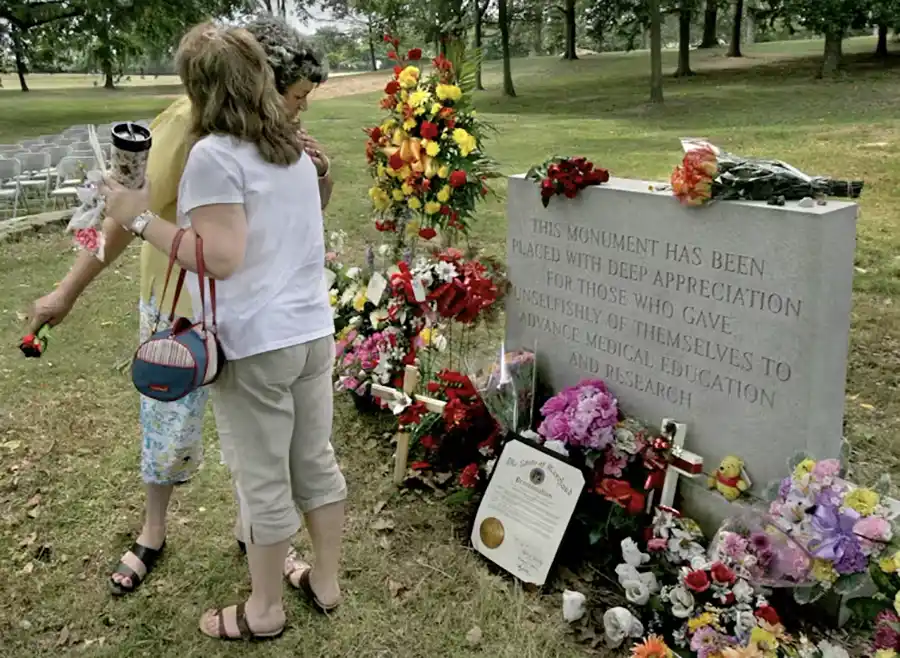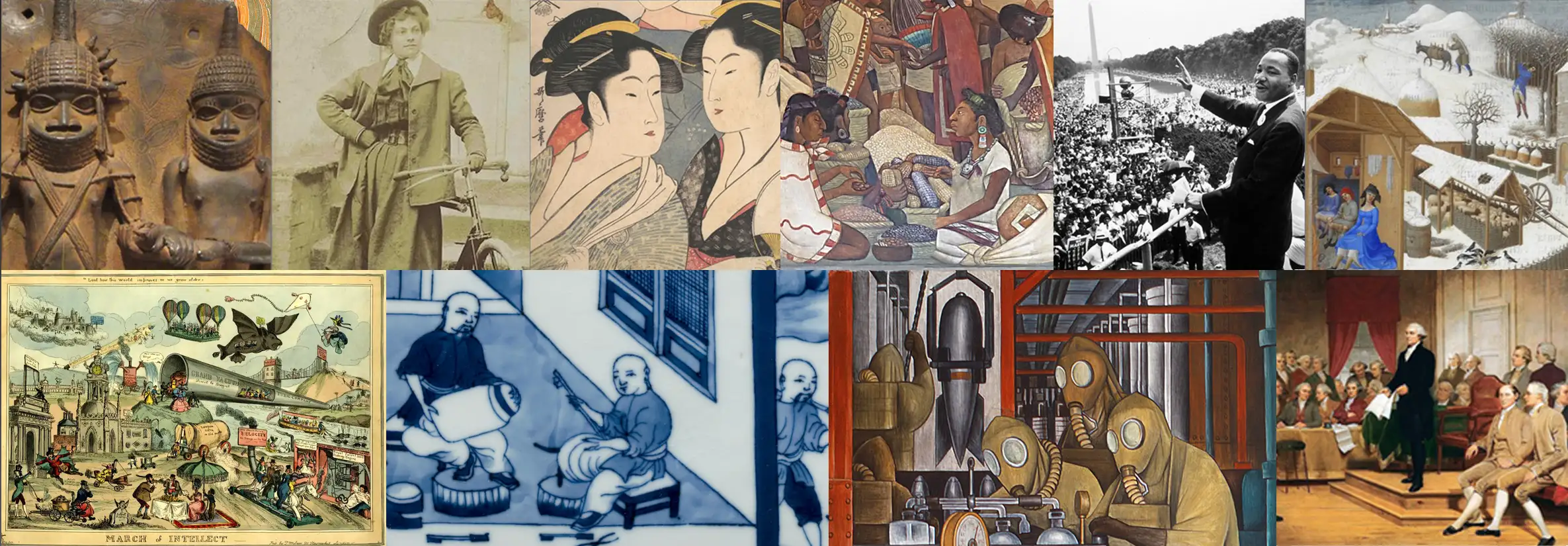From grave robbing to giving your own body to science – a short history of where medical schools get cadavers

Susan Lawrence, University of Tennessee and Susan E. Lederer, University of Wisconsin-Madison
In 1956, Alma Merrick Helms announced that she was bound for Stanford University. But she would not be attending classes. Upon learning that there was a “special shortage of women’s bodies” for medical students, this semiretired actress had filled out forms to donate her corpse to the medical college upon her death.
As historians of medicine, we had long been familiar with the tragic tales of 18th- and 19th-century grave robbing. Medical students had to snatch unearthed bodies if they wanted corpses to dissect.
But there was little to no discussion of the thousands of Americans in the 20th century who wanted an alternative to traditional burial – those men and women who gave their bodies to medical education and research.
So we decided to research this especially physical form of philanthropy: people who literally give themselves away. We are now writing a book on this topic.
Grave robbing and executed criminals
As more and more medical schools opened before the Civil War, the profession faced a dilemma. Doctors needed to cut open dead bodies to learn anatomy because no one wanted to be operated on by a surgeon who had only been trained by studying books.
But for most Americans, cutting up dead human beings was sacrilegious, disrespectful and disgusting.
According to the ethos of the day, only criminals deserved such a fate after death, and judges intensified murderers’ death sentences by adding the insult of dissection after their executions. As in life, the bodies of enslaved people were also exploited in death, either consigned for dissection by their masters or robbed from their graves.
Yet there were never enough legally available bodies, so grave robbing flourished.
The unclaimed poor
To meet the medical professon’s growing demand for cadavers, Massachusetts enacted the first anatomy law. This measure, passed in 1831, made the bodies of the unclaimed poor available for dissection in medical schools and hospitals.
With more medical schools opening and grave-robbing scandals pushing politicians to act, similar legislation eventually took effect across the United States.
One of the most visible incidents occurred when the body of former Rep. John Scott Harrison, both the son and the father of U.S. presidents, involuntarily turned up on an Ohio dissecting table in 1878.
In many states, kin and friends could claim a body that would otherwise be destined for dissection, but only if they could pay burial costs.

Donated bodies
Yet not everyone shared the horror at the very idea of being dissected.
By the late 19th century a growing number of Americans were willing to let medical students cut up their bodies before eventual burial or cremation. It did not apparently frighten or disgust them.
Doctors volunteered, but so did nurses, store owners, actors, academics, factory workers and freethinkers – even prisoners about to be executed. Some were people who simply sought to avoid funeral expenses.
Other Americans hoped that doctors would use their bodies to research their diseases, while others wanted to enable “medical science to enlarge its knowledge for the good of mankind,” as George Young, a former wagon-maker, requested before he died in 1901.
Cornea transplants
By the late 1930s, advances in cornea transplant surgery made it possible for Americans to gift their eyes to restore the sight of blind and visually impaired men, women and children.
Along with World War II blood drives, heartwarming stories about corneal transplants spread a radically new understanding of corporeal generosity.
As efforts to attract donors who would pledge their eyes at death spread in the 1940s and early 1950s, so too did a new problem for anatomists: a decline in the number of unclaimed bodies.
Anatomists blamed a host of factors: rising prosperity in the postwar years; new laws that allowed county, city and state welfare departments to bury the unclaimed; veterans’ death benefits; Social Security death benefits; and outreach by church groups and fraternal orders to take care of their poverty-stricken members.
Dear Abby and Reader’s Digest
By the mid-1950s concerns arose about cadaver shortages for anatomy classes. But media coverage of people who had chosen to donate their bodies started to sway others to follow suit. Good examples include a Dear Abby advice column published in 1958 and a Reader’s Digest article in 1961.

In 1962, Unitarian advocate Ernest Morgan published “A Manual of Simple Burial,” which promoted memorial services as alternatives to lavish funerals. He included a directory of medical schools and dental schools that accepted whole-body donations.
Journalist Jessica Mitford, in her wildly popular 1963 book that condemned the funeral industry, “The American Way of Death,” also endorsed that practice. She helped make giving your body to science a respectable, even noble, alternative to expensive conventional burials.
In the early 1960s, Protestant, Catholic and Reform Jewish leaders also came out in favor of donating bodies to science.
By the late 1960s and early 1970s, some anatomy departments began to organize memorial services to acknowledge donors and provide some closure for their loved ones.
Word of such efforts further encouraged whole-body donation.
Letters of encouragement
We reviewed dozens of unpublished letters to and from donors in the 1950s to the early 1970s, in which anatomy professors encouraged potential whole-body donors to see themselves as heroically giving to medical science. Early donors frequently expressed this altruistic vision, wanting their mortal shells to participate in advancing knowledge.
By the mid-1980s, most medical and dental schools relied on donated bodies to teach anatomy, although a few unclaimed bodies still make their way today to medical schools. Technology has revolutionized anatomy teaching, as with the National Library of Medicine’s Visible Human Project, but cadavers are still needed.
Images and models cannot replace hands-on experience with the human body.
Where many Americans once regarded medical students as “butchers” for exploiting their beloved dead, contemporary students honor what some of these future doctors call their “first patients” for the precious gift they have been given.![]()
Susan Lawrence, Profesor of History, University of Tennessee and Susan E. Lederer, Professor of Medical History and Bioethics, University of Wisconsin-Madison
This article is republished from The Conversation under a Creative Commons license. Read the original article.
